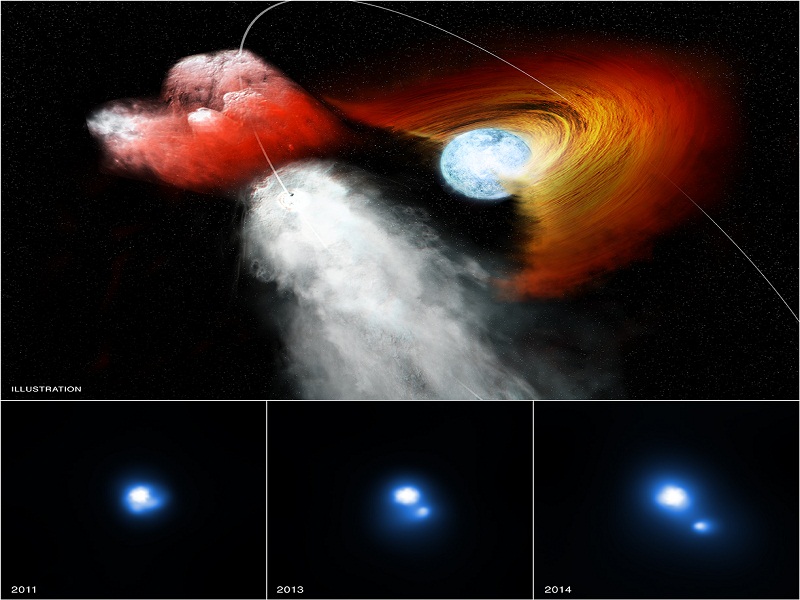-
Tips for becoming a good boxer - November 6, 2020
-
7 expert tips for making your hens night a memorable one - November 6, 2020
-
5 reasons to host your Christmas party on a cruise boat - November 6, 2020
-
What to do when you’re charged with a crime - November 6, 2020
-
Should you get one or multiple dogs? Here’s all you need to know - November 3, 2020
-
A Guide: How to Build Your Very Own Magic Mirror - February 14, 2019
-
Our Top Inspirational Baseball Stars - November 24, 2018
-
Five Tech Tools That Will Help You Turn Your Blog into a Business - November 24, 2018
-
How to Indulge on Vacation without Expanding Your Waist - November 9, 2018
-
5 Strategies for Businesses to Appeal to Today’s Increasingly Mobile-Crazed Customers - November 9, 2018
NASA’s Chandra X-ray Observatory finds a fast-moving pulsar with a huge hit
The double star system PSR B1259-63/LS 2883, collectively known as the B1259, serves as the home of a massive star that is comparable to the size of the sun and a pulsar.
Advertisement
A fast-moving pulsar with a massive impact has been discovered by NASA’s Chandra X-ray Observatory.
As spotted by NASA’s Chandra X-ray Observatory, a binary star system 7,500 light-years away has undergone a violent stellar wrecking ball event. The pulsar, apparently, created a hole in the disk of gas surrounding its companion star. The pulsar rotates about 20 times per second and spins in an orbit that is notably elliptical around its companion star.
The National Aeronautics and Space Administration (NASA) was able to detect a rapidly moving pulsar that looks as if it had punched a hole through a stellar disk located around its companion star. In spite of its large dimensions, the solar star of the system B1259 has been seriously troubled by the nearby presence of the pulsar. The combination of rapid rotation and intense magnetic field of the pulsar has generated a strong wind of high-energy particles moving away from the pulsar at near the speed of light.
According to George Pavlov of Penn State University in State College, Pennsylvania, lead author of a paper explaining the findings, “These two objects are in an unusual cosmic arrangement and have given us a chance to witness something special”.
The latest punching observed by Chandra has seemingly spattered matter out of the disk with such violence that it is now travelling out into interstellar space at no less than 15 per cent of light speed.
According to NASA, the clump spans approximately a hundred times the size of Earth’s Solar System, however it’s somewhat thin.
“After this clump of stellar material was knocked out, the pulsar’s wind appears to have accelerated it, nearly as if it had a rocket attached”, says astroboffin Oleg Kargaltsev.
The scientists came to this conclusion after analyzing three separate Chandra observations taken between December 2011 and February 2014. The bright source in the center of the bottom images is B1259, while the smaller point-like source to the lower right seen in the second two observations is the clump that has been dislodged. According to observations, the average speed of the clump moving away from the B1259 is about 7 percent of the speed of light, but between the second and third observations, the speed has been increased to 15 percent.
“This just shows how powerful the wind blasting off a pulsar can be”.
Advertisement
The Chandra X-ray scope went into space aboard space shuttle Columbia back in 1999, and after leaving the shuttle boosted itself into a high elliptical orbit using its own propulsion system.




























